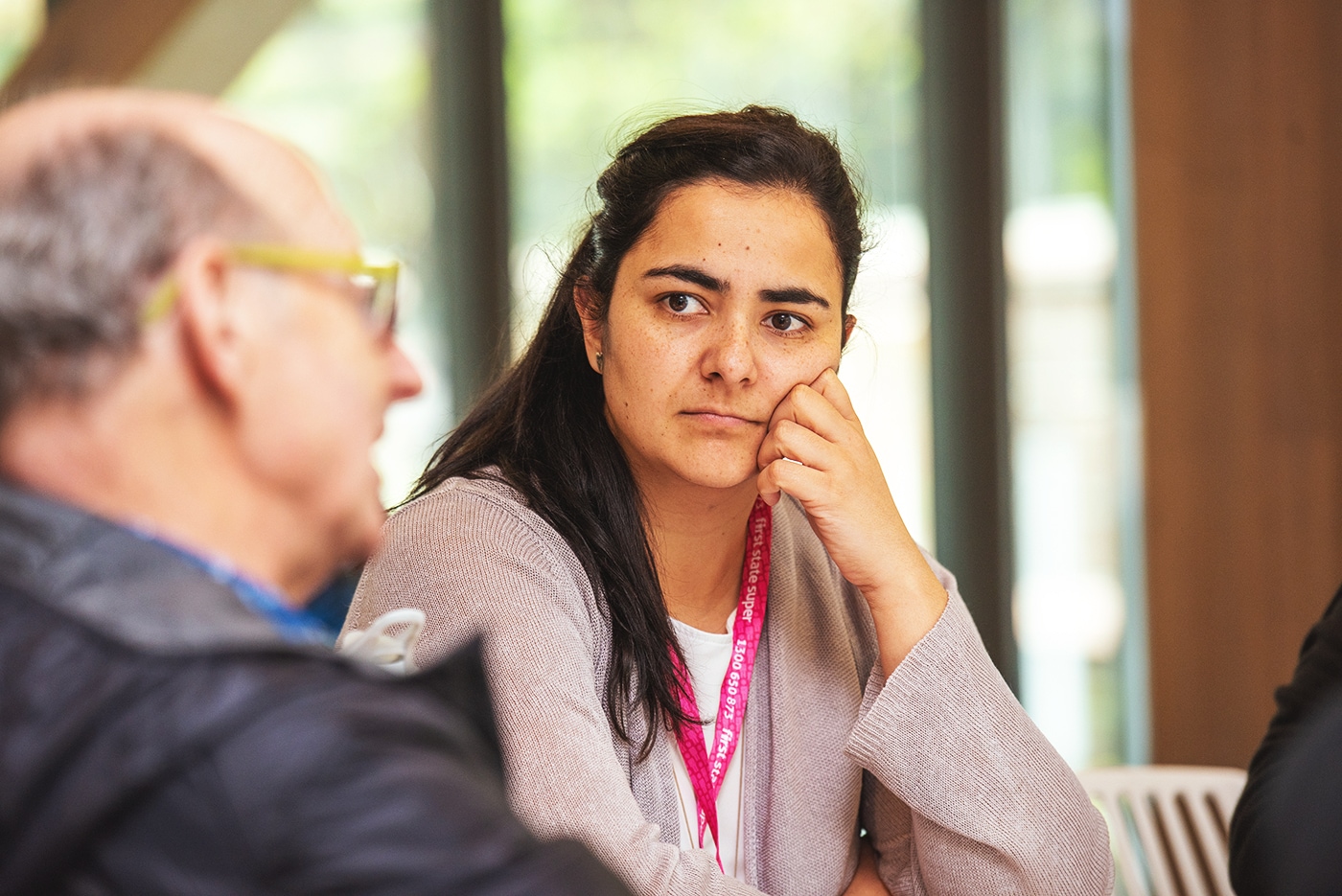Victorian Healthcare Association
Developing a new model for end-of-life care in Victoria
Paper Giant facilitated a diverse and complex group of healthcare organisations to start working together, to implement the new assisted dying legislation in Victoria.

Outcomes
-
Co-design with a complex group of healthcare organisations
-
A model of care designed in response to new legislation
Services
- Social innovation
- Co-design
Sectors
The impact of legislative change
In 2018, the Victorian Government passed legislation to allow eligible people to request an assisted death when faced with a terminal illness. When major healthcare legislation such as this is passed, providers across the state need to work through the complexity of enabling access for patients in their region.
We were asked by the Victorian Healthcare Association (VHA) – the not-for-profit peak body supporting Victoria’s public health services – to help a working group of hospitals, aged-care facilities, palliative care organisations, and specialist health services work through this complexity.


Facilitating a diverse group to start working together
Paper Giant facilitated a workshop with the VHA working group to help them design a new ‘model of care’, by mapping the various issues their organisations would face in implementing this legislation.
We collaborated with researchers at RMIT University to build empathy and a ‘patient-centred’ mindset into the workshop. This method used real-life patient cases to give participants the understanding needed to design a model with appropriate guidelines to enable fair access for everybody.
Remaining patient-centred is a particular priority for these organisations. Each organisation faces unique pressures – some operate in a rural environment, many are under-resourced and under-staffed, and some have ethical and moral views that prohibit them from participating in voluntary assisted dying altogether.
By bringing this group together, we ensured that the model was designed from a system-wide perspective, rather than each individual organisation addressing only their own specific issues or operational limitations.



Strategies to improve end-of-life care
Once the workshop was complete, we worked with VHA to draft a model of care that the working group further developed and tested with service providers. This initial model of care was developed by VHA into a set of guidelines, principles, safeguards and practices for healthcare organisations to give patients the best set of care options when they request assisted dying.
The legislation and model of care is now in effect. The first person to access assisted dying was Kerry Robertson, a 61-year-old woman with terminal cancer. Her daughters described her death as “peaceful and surrounded by love. It was the way she wanted to leave this world.”
By using co-design as to bring organisations from across the sector together, we helped ensure all Victorians can access good end-of-life care, whatever that looks like for each person.

A flow diagram showing the potential pathway for a person looking to go through volunteered assisted dying.



